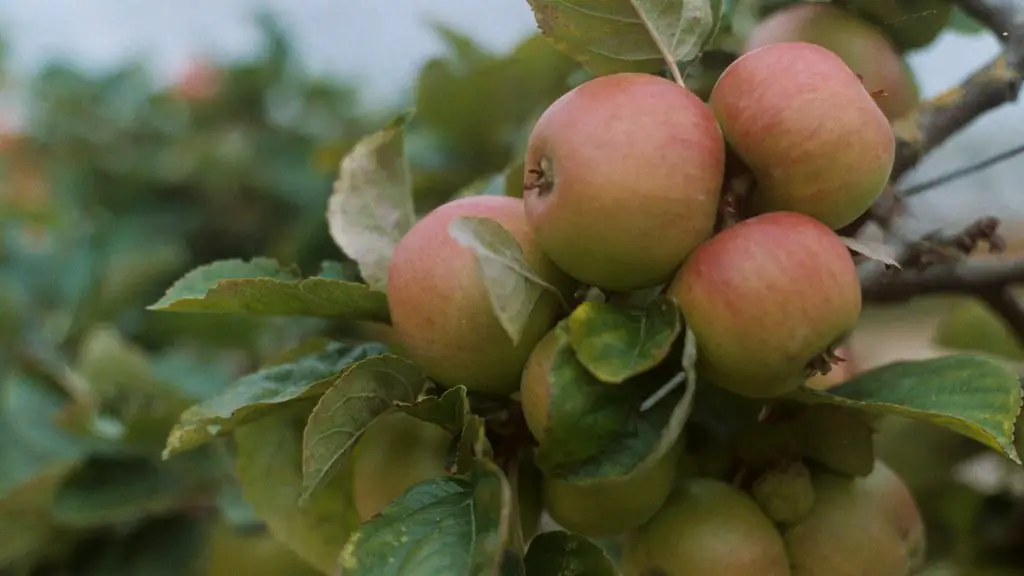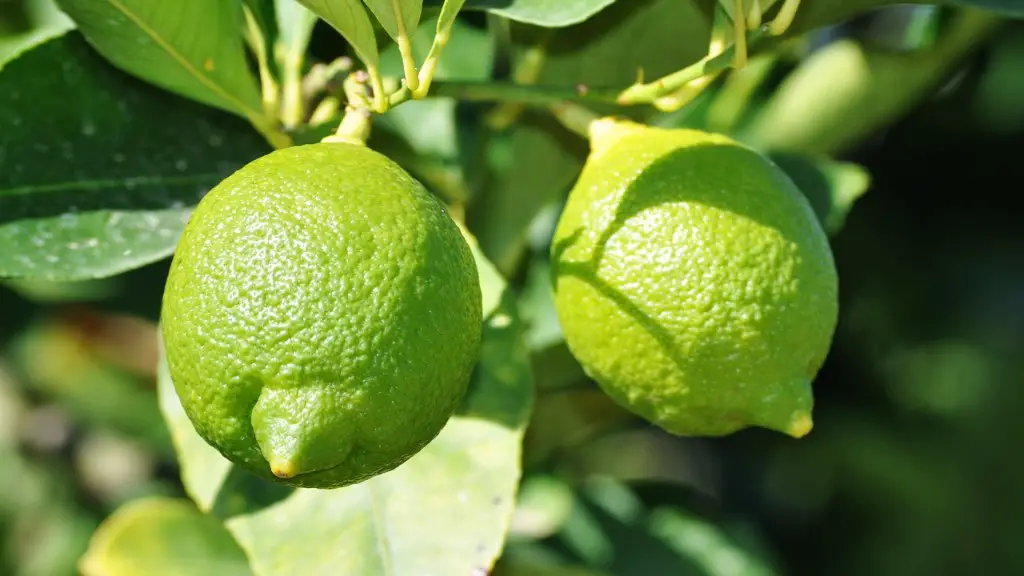When to Pot an Avocado Tree
Gardening is a popular hobby for many people across the world. Many people opt for planting an avocado tree—small enough to fit inside a pot and its requirements are not as complicated as other trees. It is a viable option as avocados have a myriad of uses, from its popular use as guacamole or salad topping, to its use as a toiletry and haircare product.
When you are considering to pot an avocado tree, the first thing to consider is when to act. Most experts agree that the most suitable time is when the seedling already has at least two leaf pairs and is between 15-25 cm tall. Between this window, the roots will be easier to transplant into a pot as they will be a good length while the tree itself is still manageable in size.
It is also important to use a pot with adequate space for the roots to grow and develop: between 20-25 cm in diameter is highly recommended. The size of the pot should increase when the roots become bigger six to nine months post-repotting.
It is critical to ensure that the soil you are placing the avocado seedling is of excellent quality and will facilitate draining. The soil needs to be well-nourished with plenty of nitrogen and phosphorus for a good flowering due to the avocado tree’s need for regular nutrients, as well as its sensitive nature. According to Dr. Richard Morin of the University of Florida, “[It] is important to know the proper balance of nutrients that avocado trees need throughout their life cycle.”
The avocado tree is already quite fragile, so it is vital to get the handling right when transferring it. The seedling needs to be taken out of its initial pot with very gentle movements, ensuring no roots are left behind. A good tip is to place the seedling over the new pot, and then to use the fingertips to push the seedling in.
As this is a slow-growing tree, be patient and give it all the TLC it deserves. Regular watering is essential, once a week should suffice. The avocado tree doesn’t require much attention in terms of trimming, however you should check the stem for growth and any dead branches, and remove them with pruning shears. Dr. Morin stresses that “well-timed fertilizing is key to increased fruit production.”
Ensuring it has adequate and direct sunlight every day can bring forth its full potential and should not be forgotten. Most experts roughly recommend five to six hours of sunlight for optimum growth. After a revisit to one’s supermarket for the right kind of soil, watering and ample sunlight, a good amount of patience, and adequate attention to the details, one will be well-rewarded with an avocado tree one day (unless one lives in an exceptionally cold climate of course).
Fertilising an Avocado Tree
The avocado tree requires regular fertiliser and when the tree is planted in a pot, it’s necessary to increase the quantity and frequency of fertilising. Generally, you should use either a slow-release granular fertilizer, or a liquid fertilizer, once every two to three weeks during the growing season. It’s essential to use a fertilizer that has a low nitrogen and high potassium content. As different persons have different soil conditions and climates, it’s important to ask an expert or agricultural extension office for fertiliser advice.
It’s important to remember that avocado trees are sensitive and the fertilizer should be administered according to the manufacturer’s instructions to avoid overfertilizing and burning the roots. Testing the soil’s pH level during fertilizing is also recommended in order to attain the right balance and to avoid nutrient deficiencies.
Its typically advised to use potassium, phosphorus and nitrogen as bases for the avocado tree. Additionally, applications of trace elements such as, zinc and iron, are important and can encourage the tree’s proper growth. Other trace elements such as boron, copper and magnesium also help feed an avocado tree.
All in all, the type and quantity of the fertilizer for an avocado tree should be tailored to its specific environment, the time of the season, and the pot size. Once these requirements have been taken into account, fertilizing properly can increase an avocado tree’s fruit yield.
Pruning an Avocado Tree
Avocado trees don’t require a lot of pruning, however, occasionally pruning is necessary in order to promote a better shape, size and yield. As the avocado tree grows, it’s essential to remove any dead leaves or branches in order to improve the tree’s structure and maintain its vigour. It’s recommended to prune the tree while it’s still young, as it’s easier to control the shape and the pruned stems are less likely to break due to their flexibility.
It’s also pertinent to prune to thin out the crown of the avocado tree and to limit the buds as these can strain budding flowers. Lastly, when it’s necessary to prune, professional pruning shears should be used and it’s recommended to prune in the late fall or in winter while the tree is dormant.
In conclusion, when it comes to pruning an avocado tree, it’s essential to be kept well-watered, trim dead leaves and branches, and thin out the crown in order to maintain vigour. Additionally, pruning should occur when the tree is still young in order to maintain its desired shape and vigour.
Watering an Avocado Tree
Watering an avocado tree is paramount in order to having it reach its full potential. Most experts recommend between 1-2 gallons of water twice a week, however one should adjust the amount according to the size of the pot. It’s important to ensure the soil doesn’t dry out, as this can harm the young seedlings.
One should also consider adding a layer of mulch to insulate the moisture and stop potting mix to overly dry out. Additionally, make sure not to overwater the tree. Avocado roots are sensitive and they can be damaged by excessive exposure to water or poor drainage. Pay close attention to the drainage holes and use a pot that has good drainage as well.
Maintaining the right level of humidity and planting the avocado tree in a location with a moderate climate can also help in ensuring the tree’s health is at its best. Ultimately, adjusting the watering schedule and amount according to the tree’s size and climate is the key to successfully watering the avocado tree.
Types of Avocado Trees
Avocado trees come in a variety of species and range from small-sized to large-sized trees. Of the different types of avocado trees, there are two main categories: the Mexican types and the Guatemalan types. The Mexican types can further be divided into three sub-categories, the Florinic, the DisECT-A and the OGG1 varieties. The Florinic varieties are characterized by having large fruits, with rough-textured outer skin, thick flesh, and a small seed. Some popular varieties under the Florinic category include the Hass, SlimCado, Lamb-Hass and the Bacon.
The Guatemalan types are known for having small fruits with a thin, smooth outer layer, along with a small seed and sweet flesh. The Choquette, Fuerte and Pinkerton varieties are popularly planted. The Guatemalan avocados tend to thrive in areas with a warmer climate, with higher humidity and rainfall.
Different varieties of trees have different application and blossoming dates, which largely depend on the climate of where it’s planted. Therefore, when planting a tree, it is extremely important to look into and consider the kind of climate conditions and soil that’s available.
Harvesting Avocados
Harvesting avocados is an interesting stage of owning the tree. The ripening time varies, depending on the type of the avocado—generally, it takes between four to eight months. It’s easy to tell when the avocado is ready to be plucked as the outer skin of the fruit will begin to turn dark green. Additionally, when the fruit’s mature, it’s also possible to lightly grasp the avocado, and if it yields to gentle pressure, it’s ready to be harvested.
When plucking, it’s important to try to use one’s hand or a harvesting tool, such as a shear, to twist the fruit ever so slightly, whilst applying gentle pressure, in order to avoid leaving any branches or fruits on the tree. Dr. Morin recommends “cutting the stems of the avocado slightly below the fruit, so you don’t damage the fruit or the tree.” It’s important to take caution and practice caution when pruning or harvesting, as it’s easy to get carried away.
According to Florida Avocado Industry, approximately five to eight fruits can be produced per year in areas with a warm climate. If one were to prune or harvest their avocado tree correctly, they could attain optimal fruit yield.



